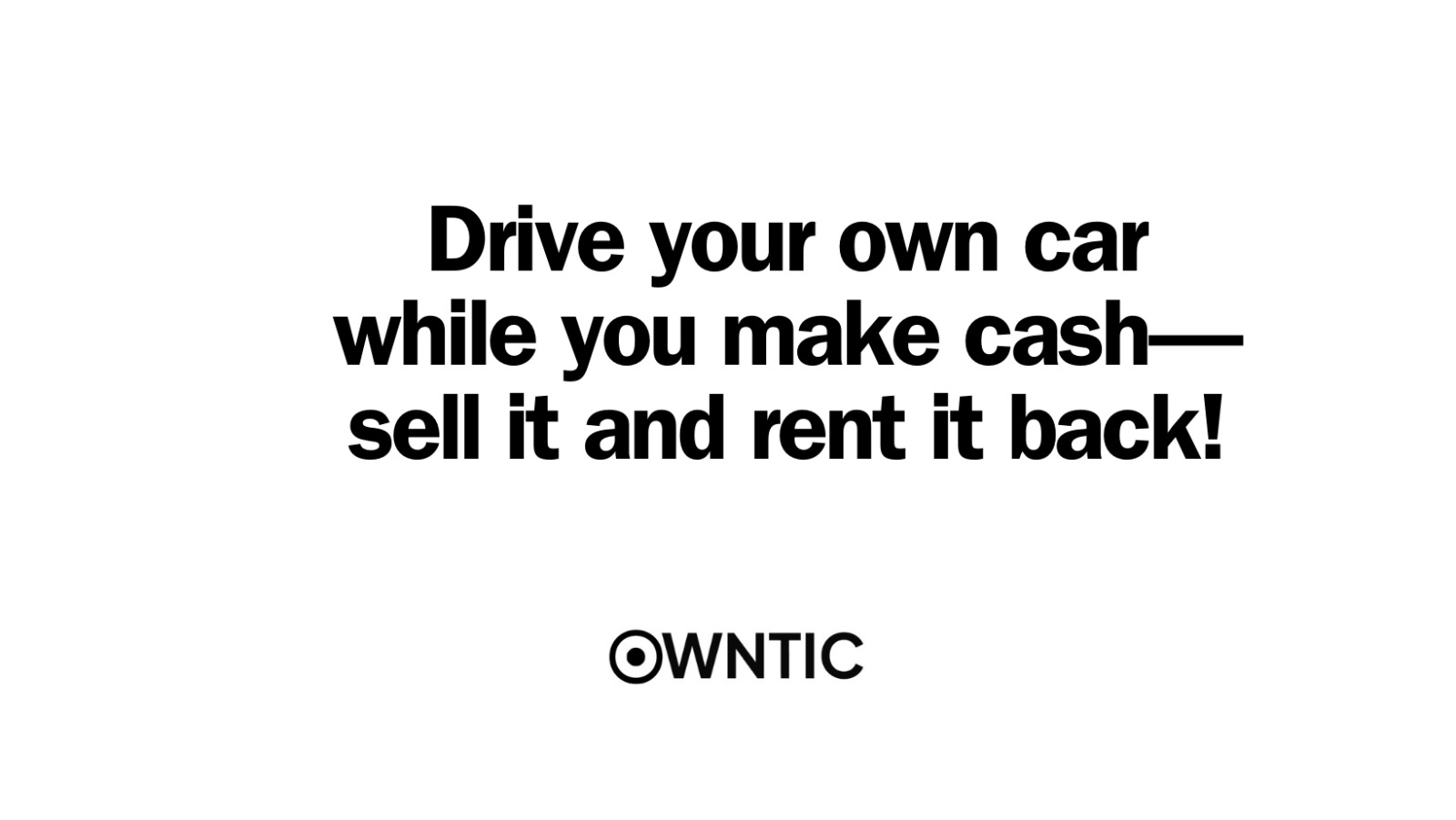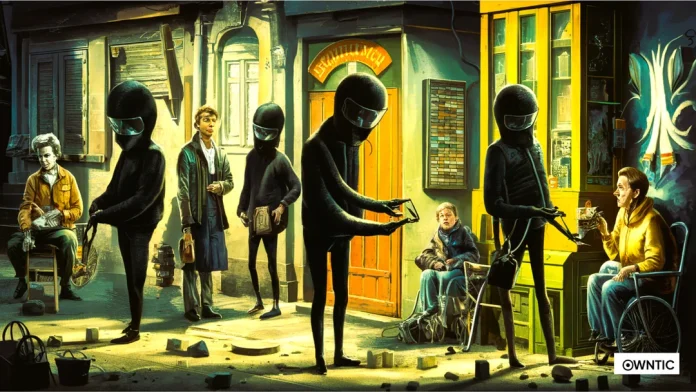Scammers take advantage of people who have already been victims of fraud in what is known as recovery scams. If you see comments on YouTube, Facebook, or Instagram praising someone for recovering money, don’t believe them. Just report and move on.
There have been reports of AI-generated fake product listings on platforms like Facebook Marketplace. These could include chairs designed to look like cats or fake crochet patterns. The products may be listed at a lower price to lure unsuspecting buyers, but the items are not real.

AI allows scammers to create fake videos of celebrities endorsing products. For example, fake ads featuring celebrities like Gordon Ramsay, Taylor Swift, or Selena Gomez may urge you to visit a website to claim a giveaway. These ads often aim to steal your credit card details or money.
Currently prevalent in China, this scam involves fraudsters posing as law enforcement and claiming you have a legal case against you. They direct you to download an app that is actually malware designed to steal your banking information.
Scammers may attempt to convince you to remove the iCloud lock on your stolen phone. They may pose as Apple support or other people who claim to have accidentally purchased a stolen phone.
Despite the rise of online scams, physical mail scams are making a comeback. For example, you might receive mail asking for a fee to register a domain name or a fake government form requesting payment.
Fraudsters target parents of high school students by claiming their child ordered test prep materials and asking for payment details. They use real information to appear legitimate.
In this scam, fraudsters pose as law enforcement and claim you missed jury duty and must pay a fine over the phone.
At gas stations, scammers may pretend to help you pump gas, but they leave the pump running, allowing them to pump gas for themselves on your dime.
Due to a shortage of Ozempic, a weight-loss drug, scammers are setting up websites to sell counterfeit versions of the drug online.
Be aware of AI-generated images that can be used to create convincing deepfakes. The technology is improving rapidly, and in the next few years, it may be difficult to distinguish between real and fake images. Stay vigilant and fact-check any questionable media you encounter.
Thanks for reading



